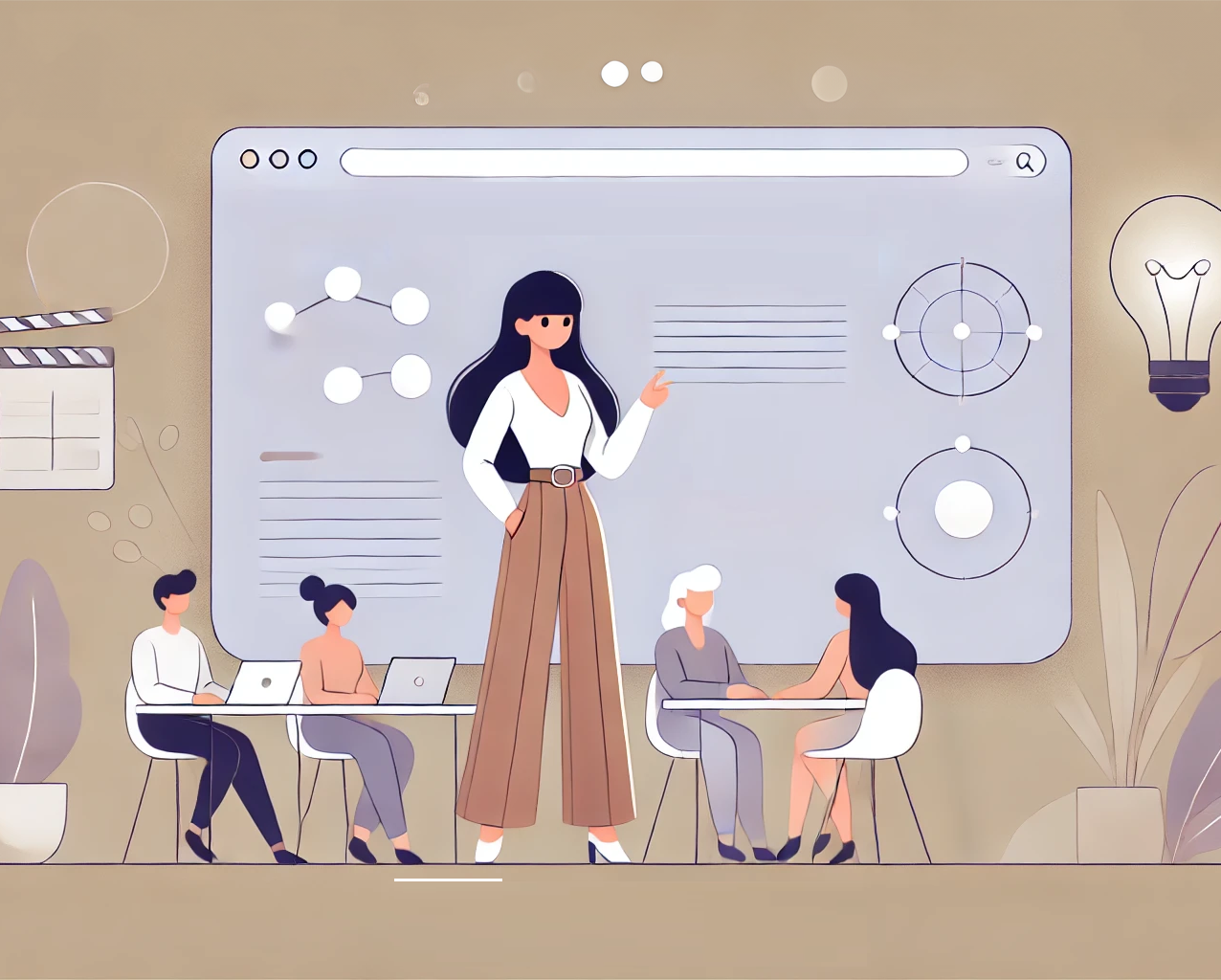How I inspire fresh thinking via structured exploration
Mix, Stir, Create: The Recipe for Collaborative Creativity
Bringing teams together for purposeful, creative collaboration to tackle tough challenges is my forté. It begins by gathering a diverse array of experts to join as we endeavor to imagine new possibilitites and tackle tough challenges. I draw on insights gleaned through years of navigating these processes – and the many triumphs and missteps along the way – to mix structure and freedom in the right doses to unlock innovative, practical exploration. One part creative alchemy, two parts raw perseverance.
Nurturing a Playground for Big Ideas
How I help teams map the future
Accelerating Innovation
Great ideas spark innovation, but finding the right focus can be a bit of a puzzle. That’s where creative collaboration comes in. Design workshops offer a structured way to turn fuzzy concepts into clear, data-backed proposals, standout demos, and compelling narratives.
I’ve led dozens of design sprints and workshops, uniting designers, engineers, executives, customers, and more to build a shared understanding of customer and business needs. The goal? To speed up innovation and uncover the best solutions together.
Design is about discovery, definition, ideation, and delivery. And in my experience, the best ideas come from diverse teams mixing talents and perspectives. So, how do I make that magic happen?
See below for some of my favorite methods to deliver impact.
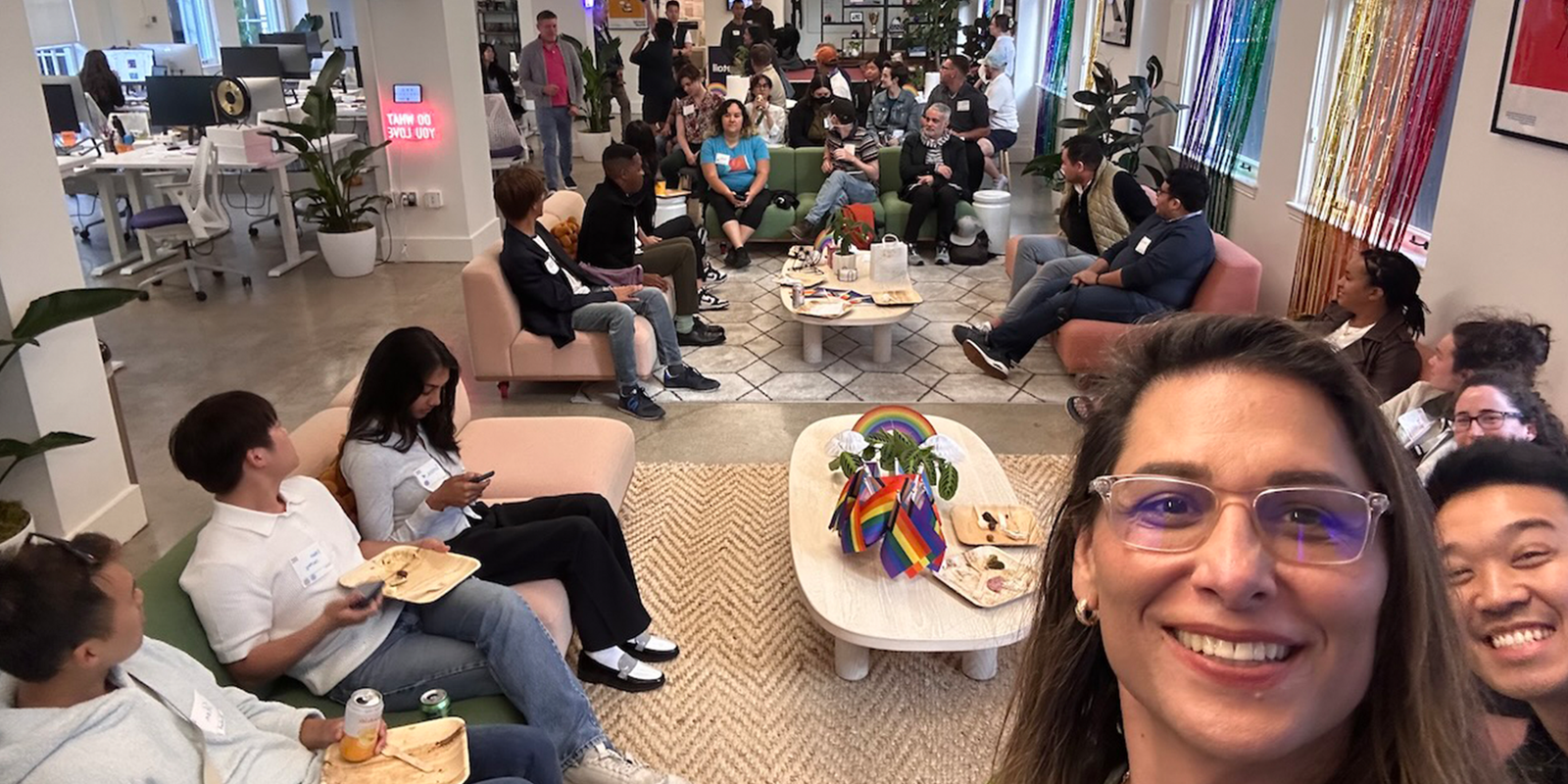

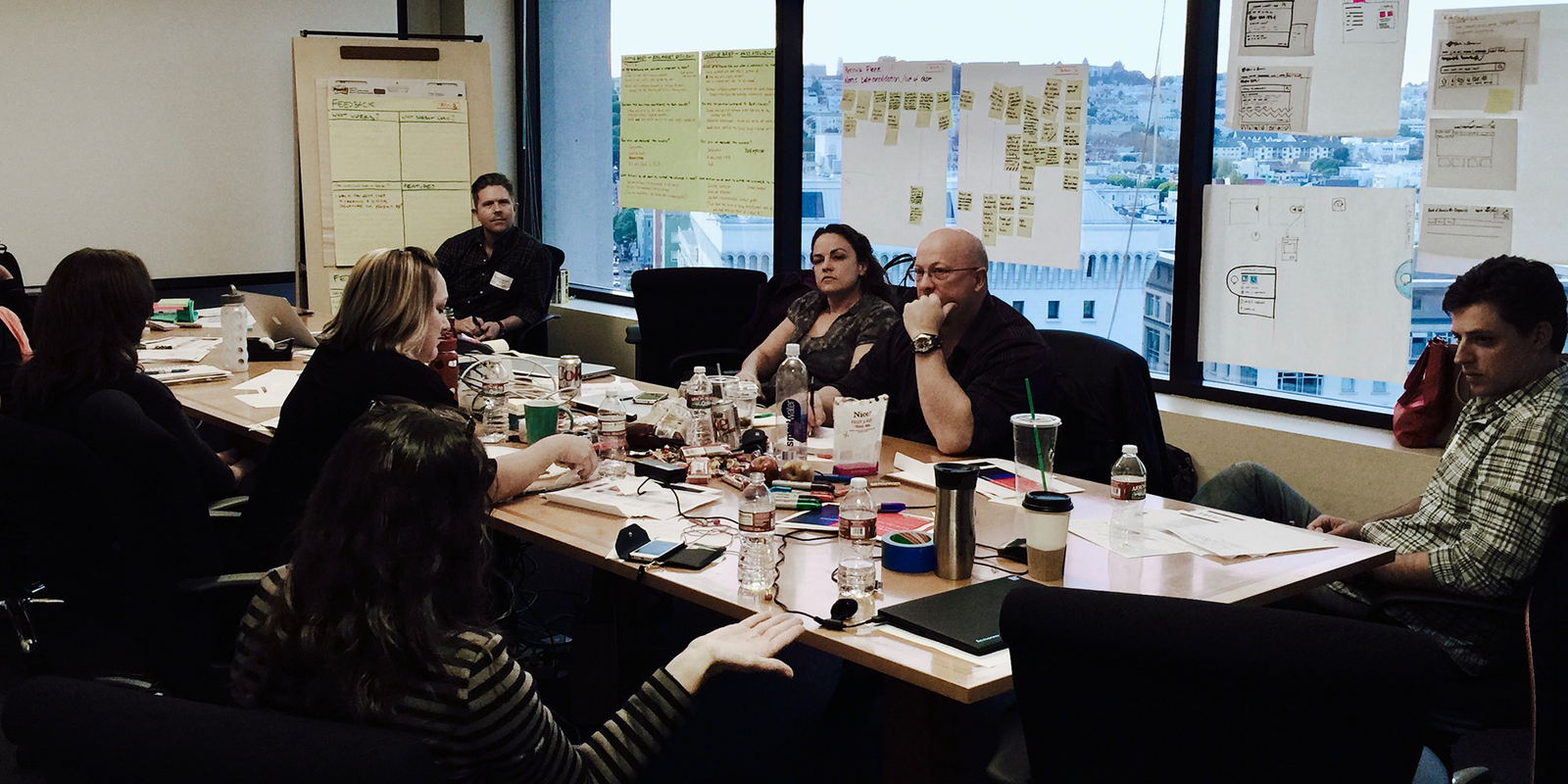
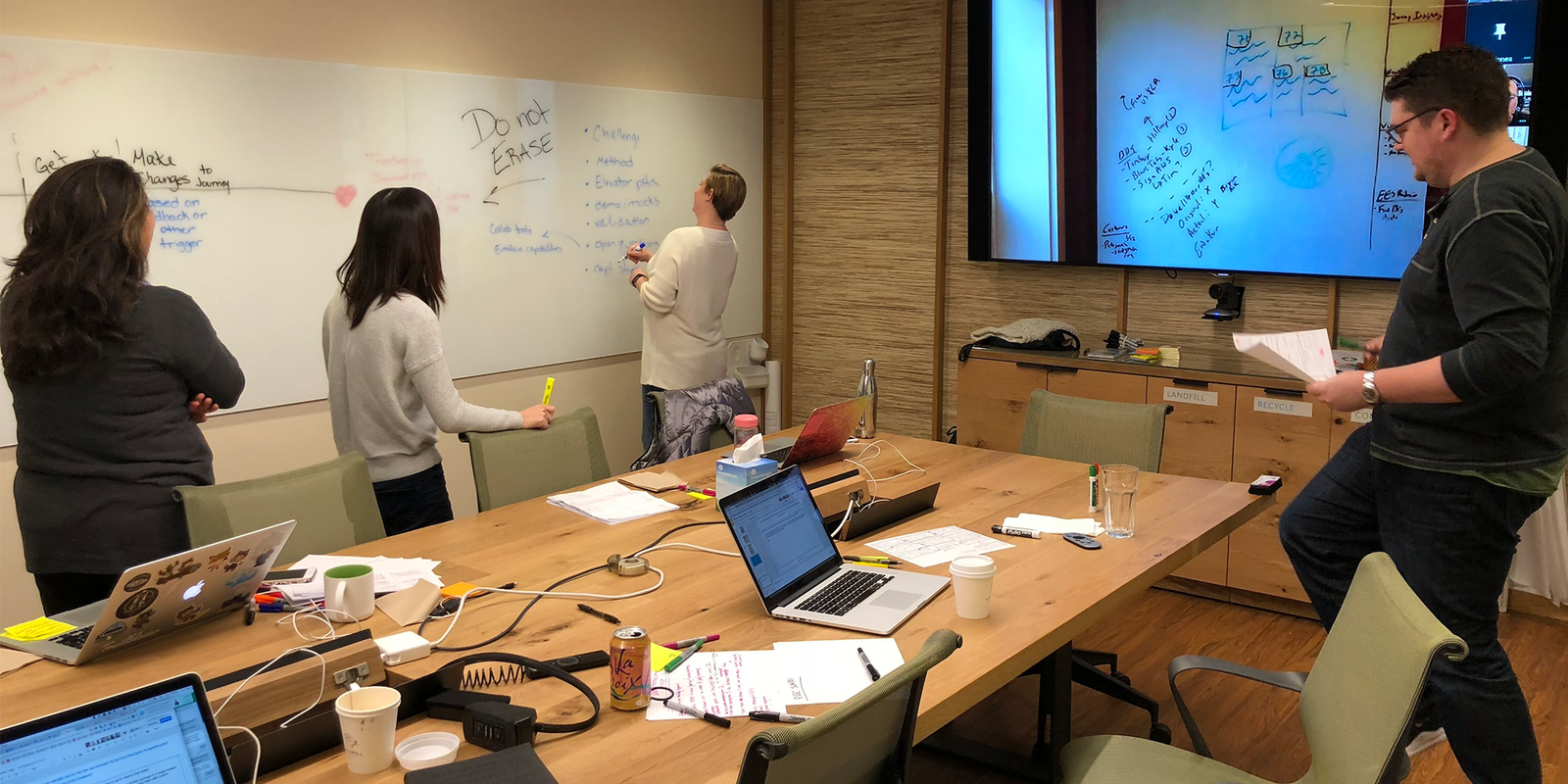
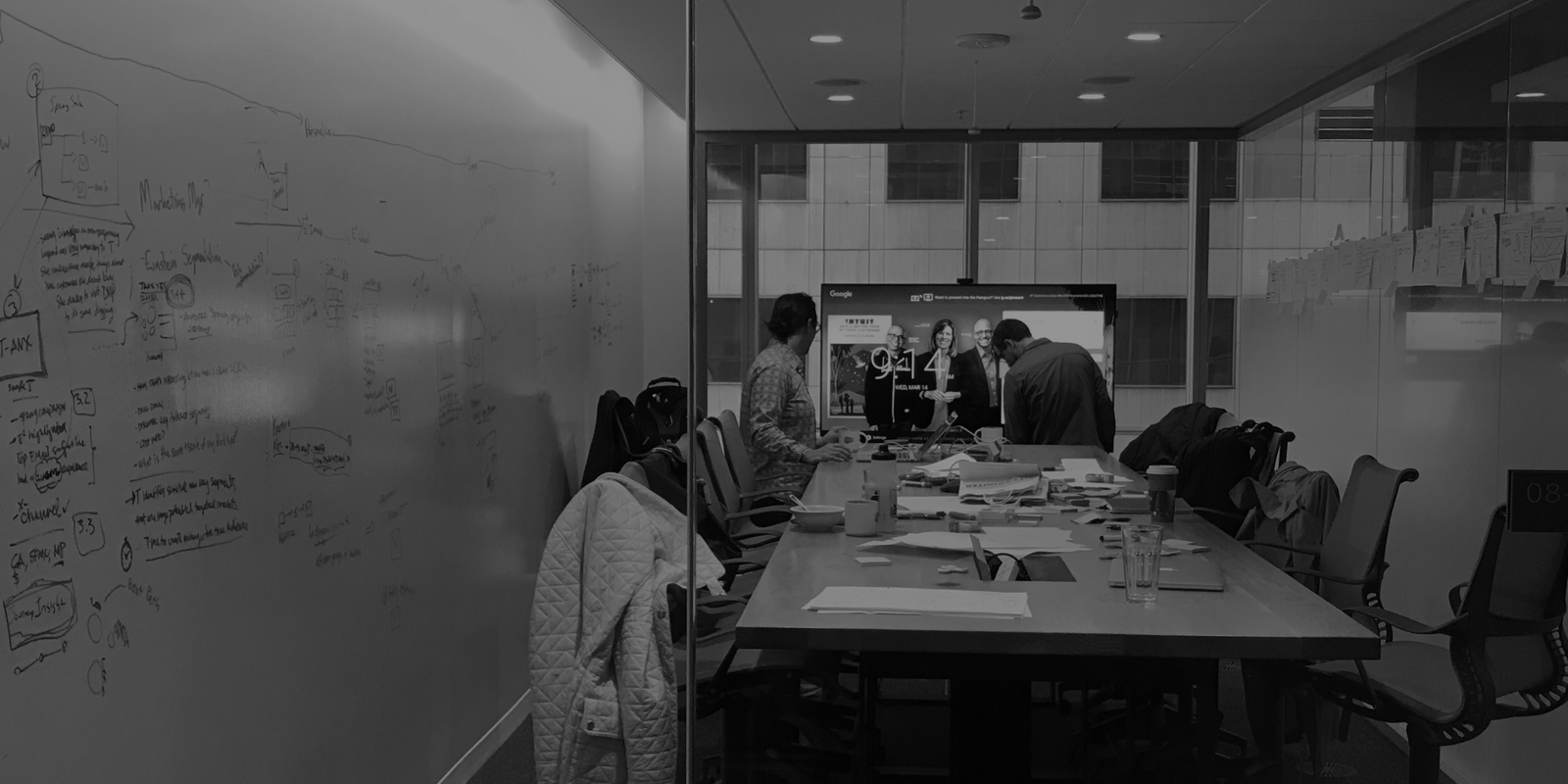
5 Keys to Collaboration Success
Strategies for productive, rewarding, and impactful workshops
Establish clear, well-defined goals
I start with thorough planning, collaborating with key leaders, stakeholders and partners to ensure alignment and clarity on problem definition, scope, timeline, and desired outcomes.
Sample Challenge Statement
“Craft a vision illustrating meaningful customer benefits we could unlock through data unification and automation.”
Respect and value contributors' time
Investing time beforehand to establish & share the workshop agenda, create necessary collateral, set clear expectations for participation, and communicate what we aim to achieve.
Key Workshop Pre-work
- Research Insights & Key Findings
- Competitive landscape overview
- Minute-by-minute agenda
- Stakeholder vetted Challenge Statement
Create a welcoming, inspiring environment
Creativity thrives in a space where people feel safe, curious, and free to share bold ideas. By fostering a sense of adventure, encouraging questions, and embracing unconventional thinking, you set the stage for true innovation. Great collaboration combines inspiration, effort, and thoughtful execution, bringing out the best in everyone.
Tools for Inspiration
- Rapid, freewheeling ideation sprints
- Positive, open-minded vibes
- Additive critiques
- Supportive facilitation to give new ideas legs
Deliver tangible, organized outputs
After a single- or multi-day design workshop to which many collaborators have contributed time and effort, closing the loop with leaders and participants by compiling, organizing, and sharing work outputs is critical. I work to ensure the timely delivery of those outputs to assure team members their time was well spent. Follow-up questions are best addressed while the work is fresh. Moving forward quickly maintains momentum and drives further progress.
Key Deliverables
- Interactive Prototypes with key workflows
- Workshop review
- Leave-behind deck with compelling user narrative
- Feature list and rough sizing estimates
Achieve impactful, actionable outcomes
Workshops can be powerful and efficient ways to generate lots of ideas. Teams leverage their collective expertise to evaluate, filter, and prioritize the array of ideas put forth. But a lot of crucial work takes place after the workshop is done. Once we’ve identified our most promising proposals, we hustle to synthesize our thoughts into consumable, portable, and sharable deliverables like workshop summaries, idea maps, UX prototypes, customer narratives, project timelines, and plans for next steps.
Tools for Driving Impact
- Storytelling
- Stakeholder readouts
- Roadmap proposals
- Prototype sharing and iteration
Methods, Outputs, & Outcomes
How I mobilize teams to deliver
Exploration
Problem Statements & Ideation
Tools, formats, and schedules to fit the moment
The Design Sprint method is well-known and I often rely on the structure of the Design Sprint, while freely adding, removing, and modifying the steps or duration to accommodate my team’s constraints. Where we used to stick to whiteboards, post-its, and pen-and-paper sketches, today we frequently use digital tools and even collaborate asynchronously. Real-time, multi-contributor design tools like Figma have freed the brainstorm from just taking place at breakouts or workshops. In other words, like everything else, I have a flexbile mindset when it comes to my methods.
Creation
Storyboards, Prototypes, & Decks
Visualizing solutions to drive action
Producing assets stakeholders can see, critique, and evaluate is an essential step for every workshops. These artifacts are our tangible output and are essential to facilitate further action. High quality designs and stories drive impact, accelerating projects from ideas to release roadmaps.
Example assets and deliverables include:
- Organized idea charts based on brainstormed ideas
- Storyboards that provide context and capture customer pain points, needs, and opportunities
- Design mockups to visualize key screens
- Rapid protoytpes to express workflows and key interactions
- Feature priority lists with T-shirt sizing to provide general understanding of the level of effort any proposal might require
These assets help stakeholders assess opportunities and evaluate proposed solutions.
Wuickly moving ideas from idea charts to storyboard to clickable model is laborious and challenging but can never be left undone. The process itself is a critical step that demands rigorous thinking and often helps identify missing pieces passed over during ideation and earlier creative steps.
Advocacy
Storytelling, roadshows, and consensus building
Post-workshop campaigning to drive action
Creating future product visions is often invigorating and fun but the process of sharing and championing those ideas is one of my favorite aspects of this work. I thrive on the process of sharing polished prototypes and presentations with proposed solutions, visions, or compelling user journeys to convey the value and potential impact of those solutions.
Taut, compelling narratives that vividly capture core customer needs and the innovative solutions to address them are core to my practice.
Beyond that, decisions and timelines for if, how, and when a solution might get built are nearly always subject to factors beyond my control, or even the control of the key project stakeholders. But regardless of those variables, there’s always a benefit to having created a compelling story about how our products can and should evolve.
Let's Get It
I believe that design is a powerful tool to improve the world. I care deeply about creating humanistic software that empowers and delights the people who use it. I’m looking for my next opportunity to make an impact. If you think we might be a good match, please reach out.

